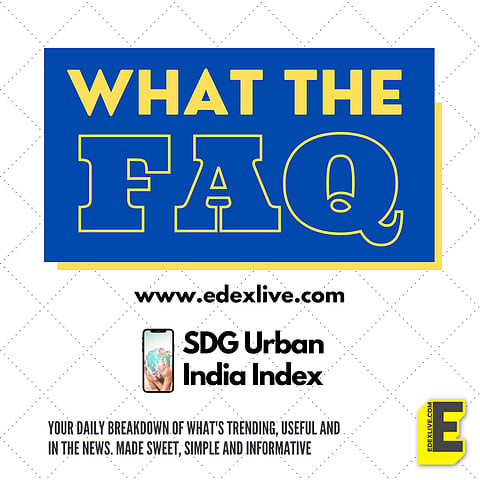

On November 23, NITI Aayog released the first Sustainable Development Goals (SDG) Urban India Index. While Shimla topped the index, Coimbatore and Chandigarh came a close second and third. Here's all there is to know about the SDG Urban India Index.
What is the SDG Urban India Index?
The index takes a look at 56 urban areas and ranks them according to 77 SDG indicators. These indicators have been developed by NITI Aayog and are based on the 46 SDG target framework. The index has been prepared under the Indo-German Development Cooperation. German bodies like Deutsche Gesellschaft für Internationale Zusammenarbeit (GIZ) and Federal Ministry of Economic Cooperation and Development (BMZ) have been instrumental in helping NITI Aayog create the index.
What are the SDG indicators?
Among the 77 indicators designed by NITI Aayog, the major ones include zero hunger, good health, ending poverty, gender equality and quality education. However, this is a customised list of indicators that NITI Aayog has designed to achieve the SDG by 2030.
When the United Nations released the SDG in 2015, it had included 244 indicators and 169 targets. However, it had encouraged every nation to build their own framework that can be based on what that particular nation prioritises.
How are the urban areas scored?
Every urban area is scored on a scale of 0-100, where 100 indicates that the urban area has achieved the 2030 SDG and 0 means that it is the farthest from achieving that target. Data is sourced from government data sources, including the National Family Health Survey (NFHS), National Crime Records Bureau (NCRB) and the database of Indian schools U-DISE. Besides this, other ministry data sources are also used to determine the score. The overall score is calculated by taking an aggregate of the indicator-wise scores.
What do the top and bottom ten look like?
Out of the 56 urban areas that the SDG Urban India Index ranked, 44 has a population that exceeds one million, while the remaining 12 are state capitals but have a population below a million. Following Shimla, Coimbatore and Chandigarh are Thiruvananthapuram, Kochi, Panaji, Pune, Tiruchy, Ahmedabad and Nagpur.
The worst performing cities in the index, which have been placed in the bottom ten are Faridabad, Kolkata, Agra, Kohima, Jodhpur, Patna and Guwahati. Itanagar, Meerut, Dhanbad are the states that have been ranked in the bottom three.
